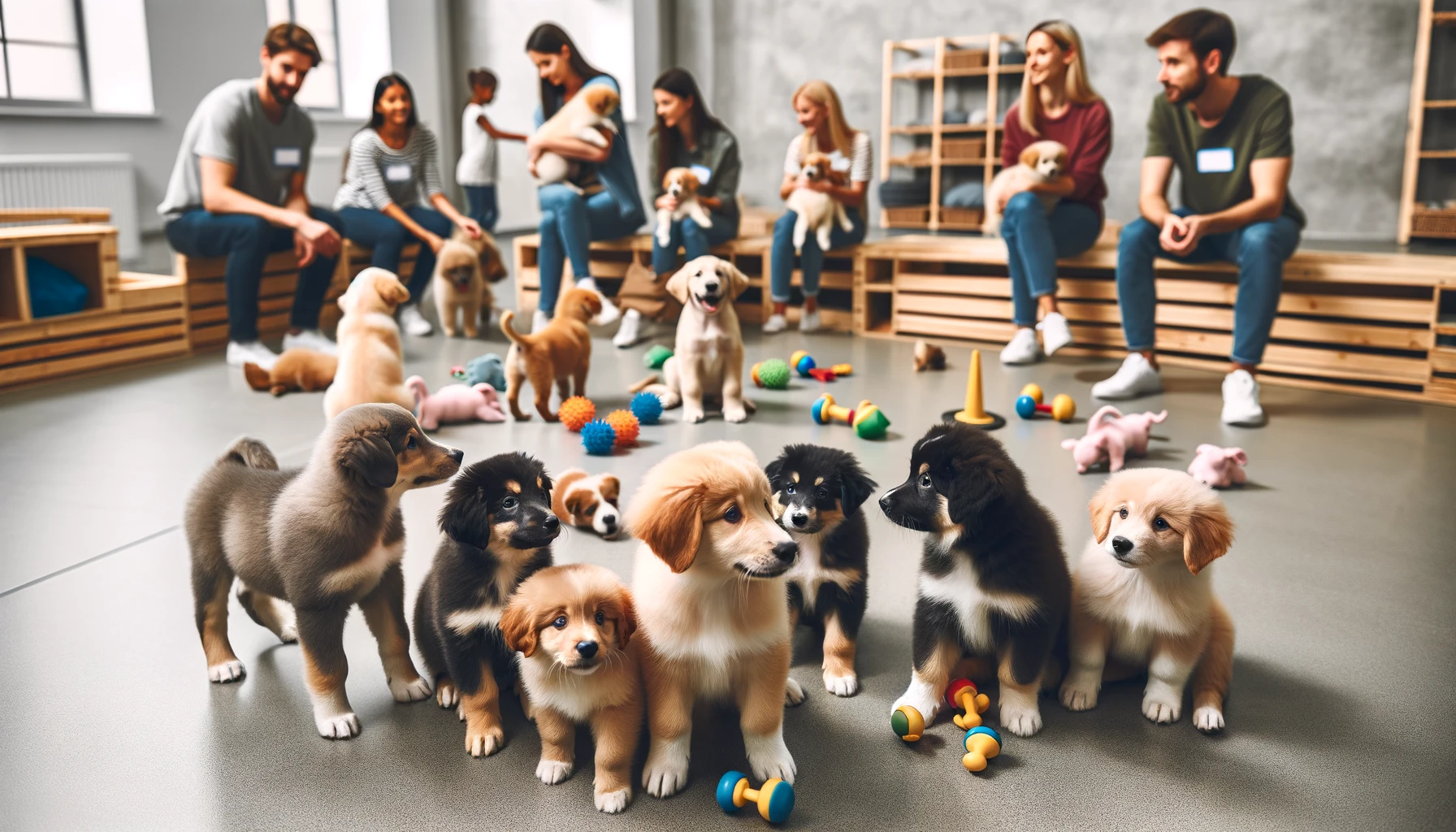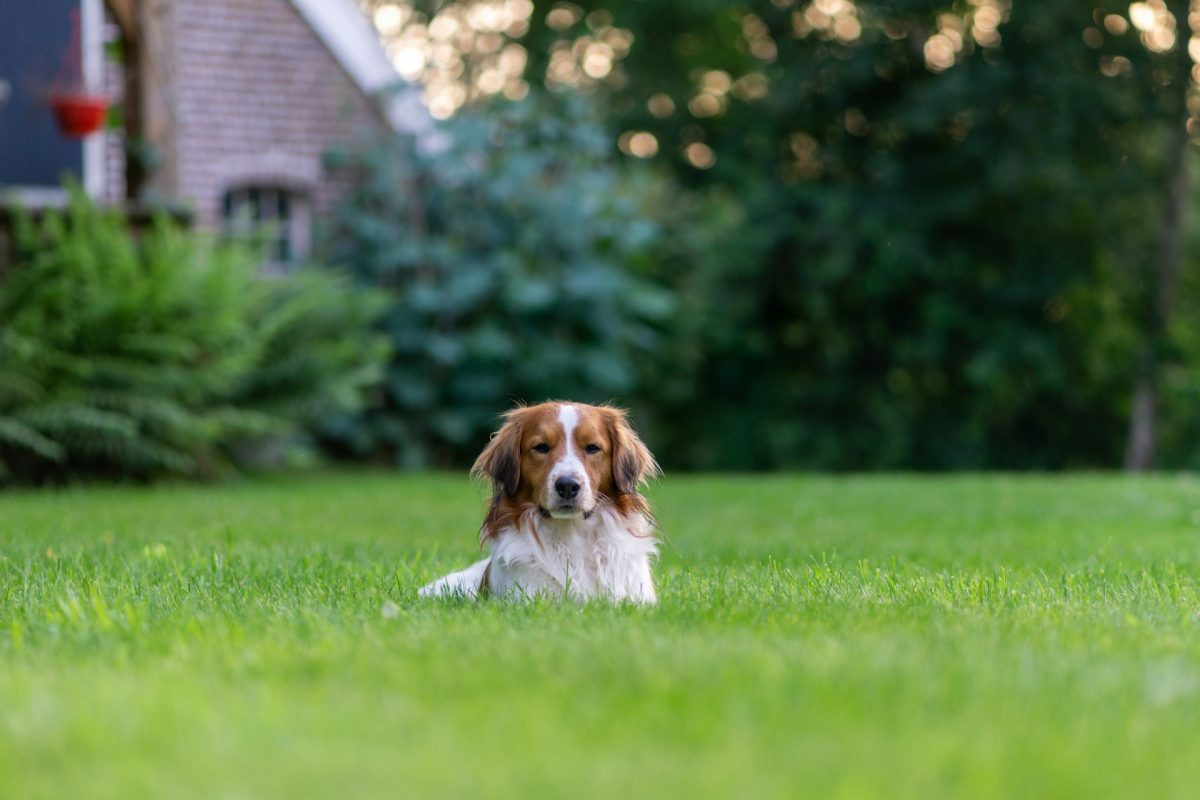Bringing a new puppy into your home is an exciting adventure filled with love, joy, and, admittedly, a bit of chaos. As your puppy’s new guardian, it’s essential to instill good habits and behaviors from the start. Training your puppy not only helps in developing a strong bond between you both but also ensures their safety and wellbeing. Here are the five most important things to teach your new furry friend:
1. Socialization
Socialization is the process of preparing your puppy to be comfortable around different people, animals, environments, and experiences. It’s crucial to start this process early, ideally between the ages of 3 to 14 weeks. Expose your puppy to various sights, sounds, and surfaces in a positive and controlled manner. Socialization helps prevent fearfulness and aggression later in life, making your puppy more adaptable and confident.
2. Basic Commands
Teaching your puppy basic commands such as “sit,” “stay,” “come,” “down,” and “leave it” is foundational for their training. These commands not only facilitate communication between you and your puppy but also ensure their safety in potentially dangerous situations. Start with one command at a time, using positive reinforcement techniques such as treats and praise to reward their successes.
3. House Training
House training is about teaching your puppy where it’s appropriate to relieve themselves. Establish a consistent routine, taking your puppy outside frequently, especially after meals, playtime, and naps. Praise and reward them immediately after they’ve gone to the bathroom in the correct place. Accidents will happen, but with patience and consistency, your puppy will learn where it’s acceptable to go.
4. Crate Training
Crate training can be a safe and effective way to manage your puppy’s environment when you can’t supervise them directly. It helps with house training, prevents destructive behavior, and provides your puppy with a secure space of their own. Introduce the crate gradually, making it a positive experience with the help of treats and toys. Ensure the crate is comfortable and never use it as a punishment.
5. Leash Training
Walking on a leash is not an innate skill for puppies; it’s something they need to learn. Leash training is essential for the safety of both your puppy and those around them. Start by letting your puppy get used to wearing a collar and leash indoors. Then, take short walks in a quiet, distraction-free environment, rewarding them for staying close to you and not pulling.
Training a puppy requires time, patience, and consistency. Celebrate the small victories and remember that every puppy learns at their own pace. The foundation you build with these five key teachings will set the stage for a well-behaved and happy dog for years to come.



